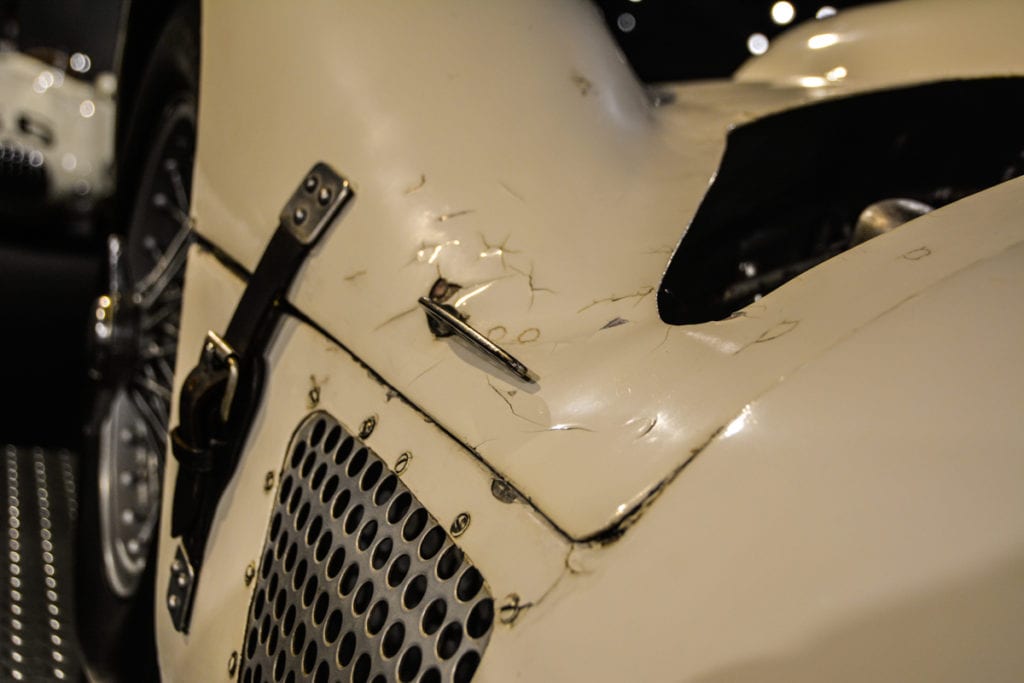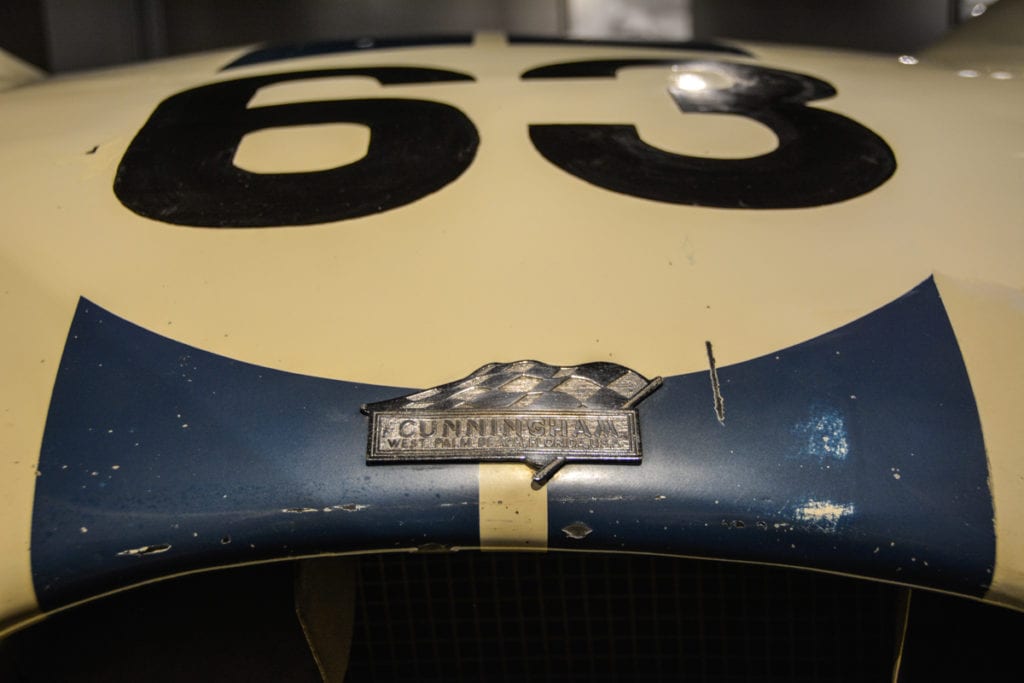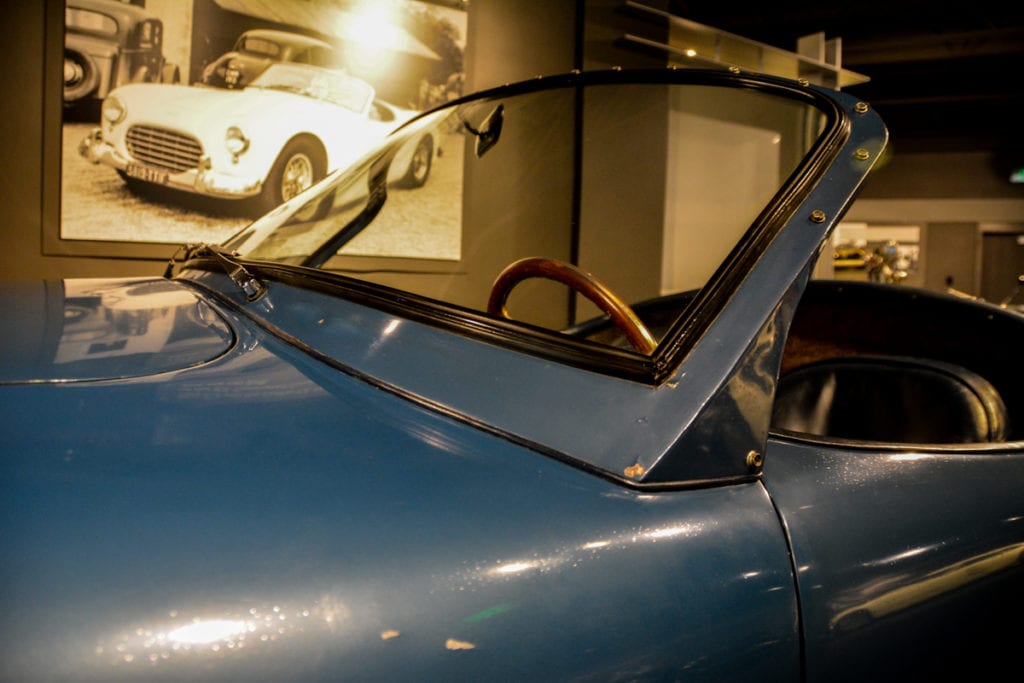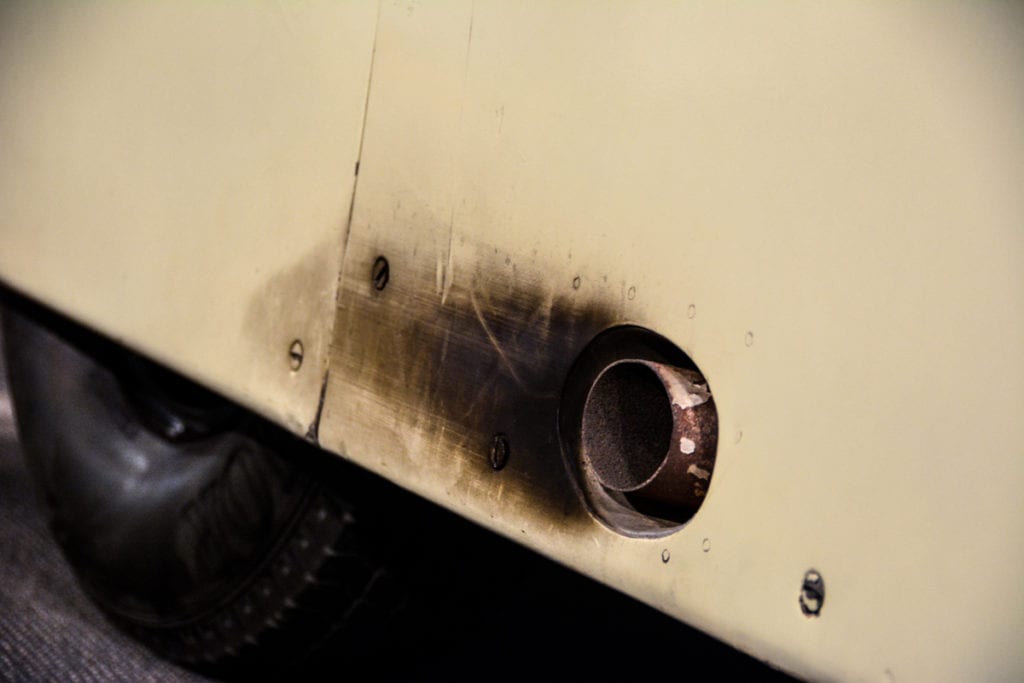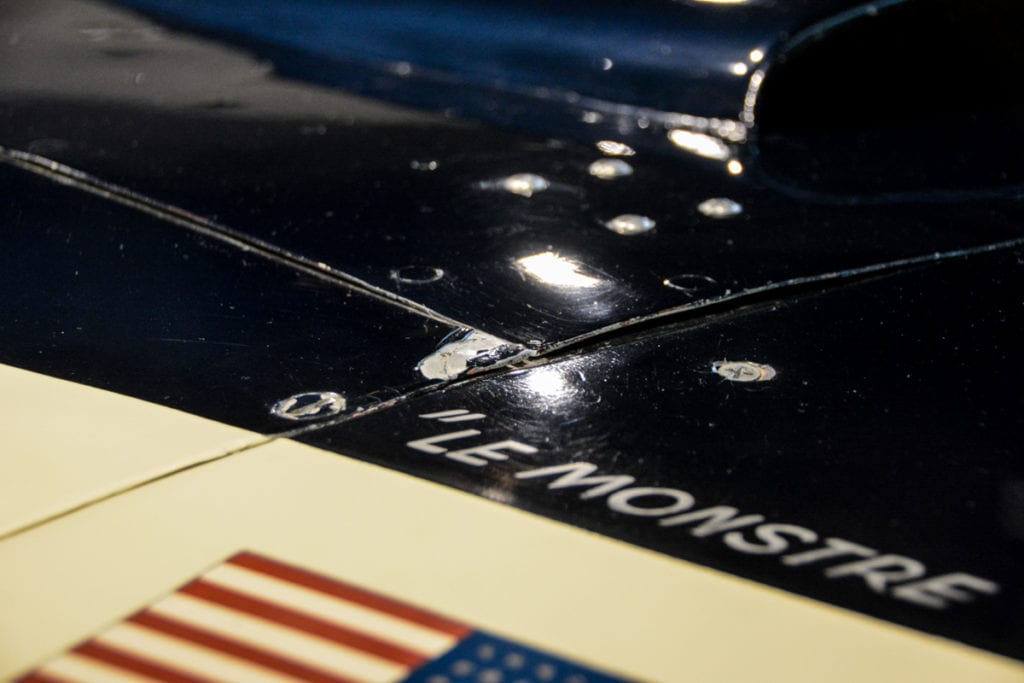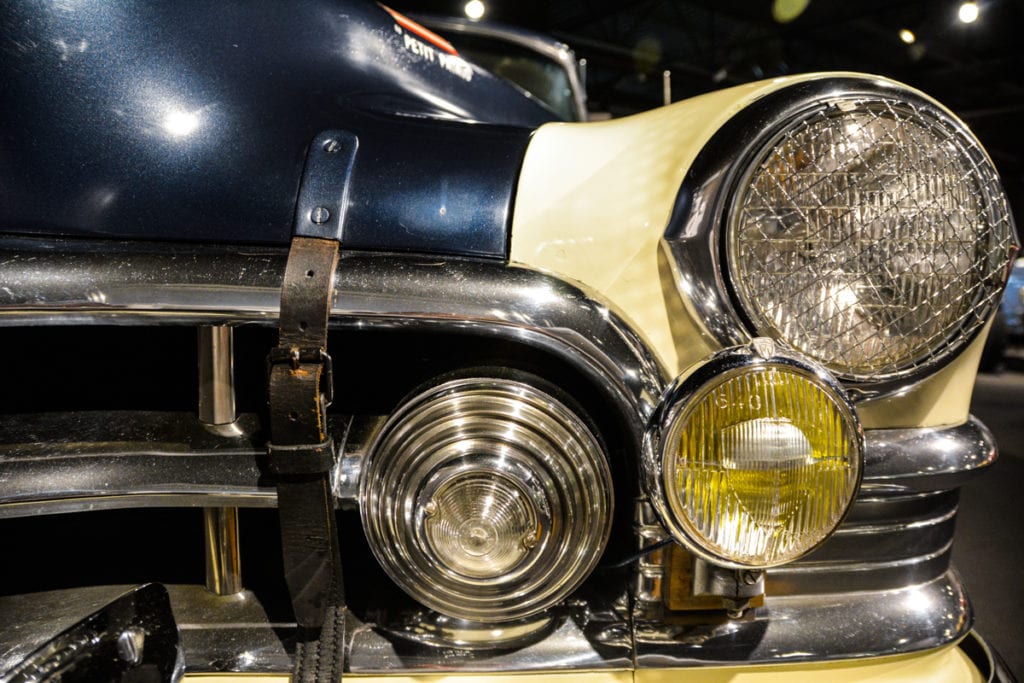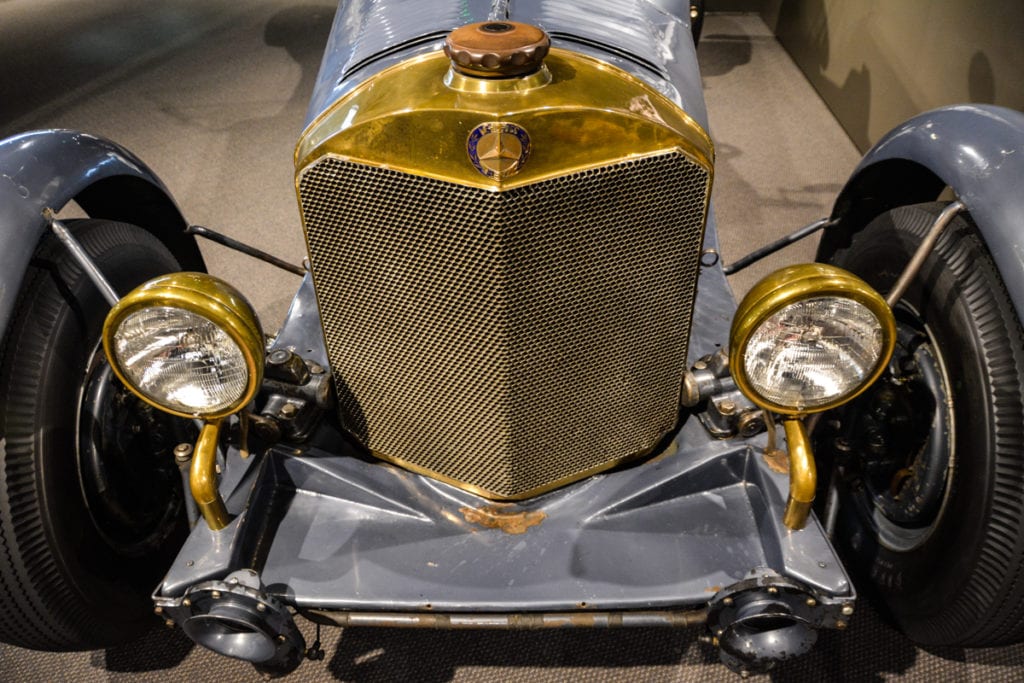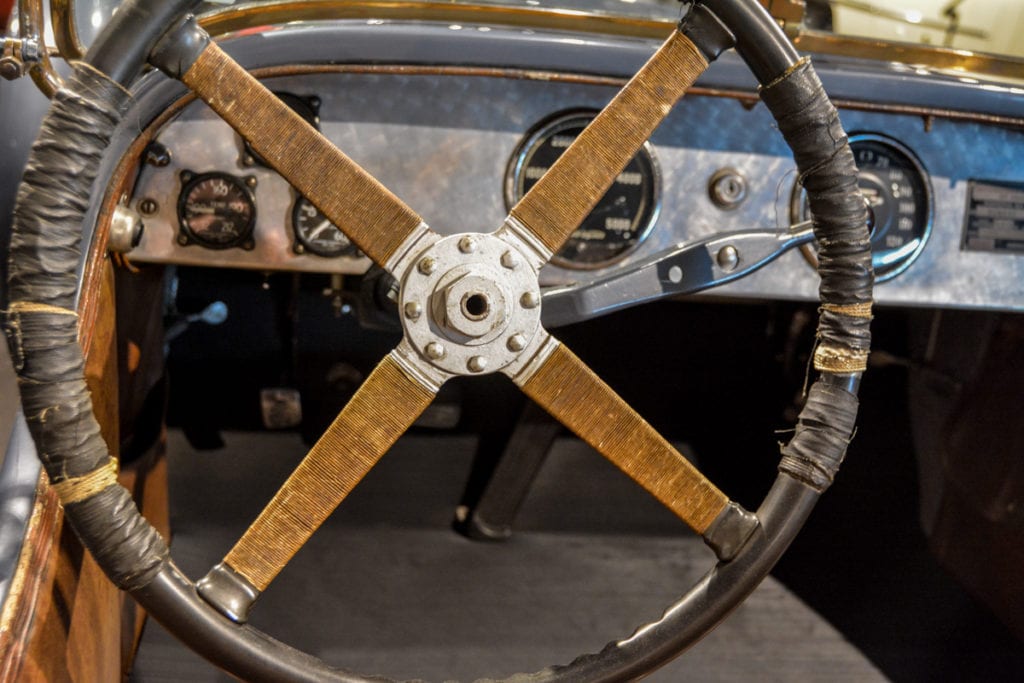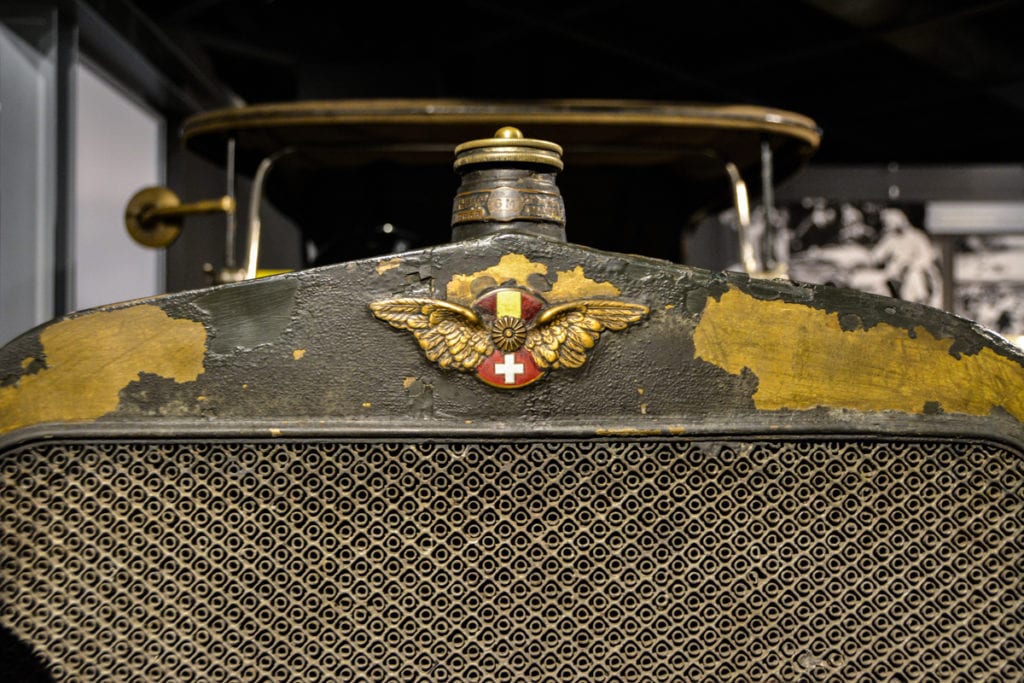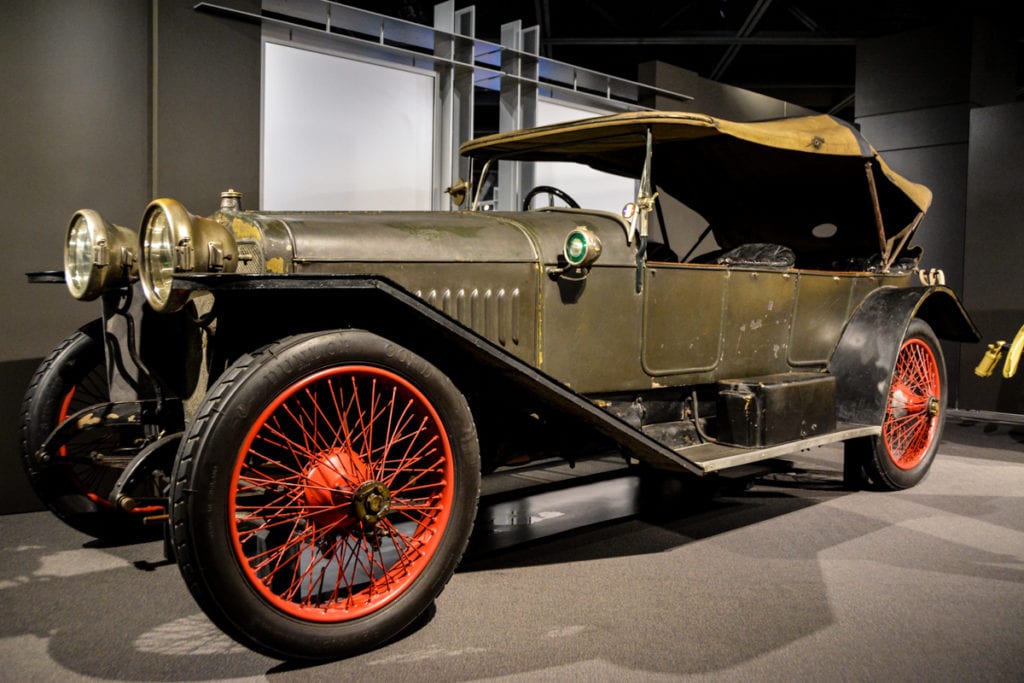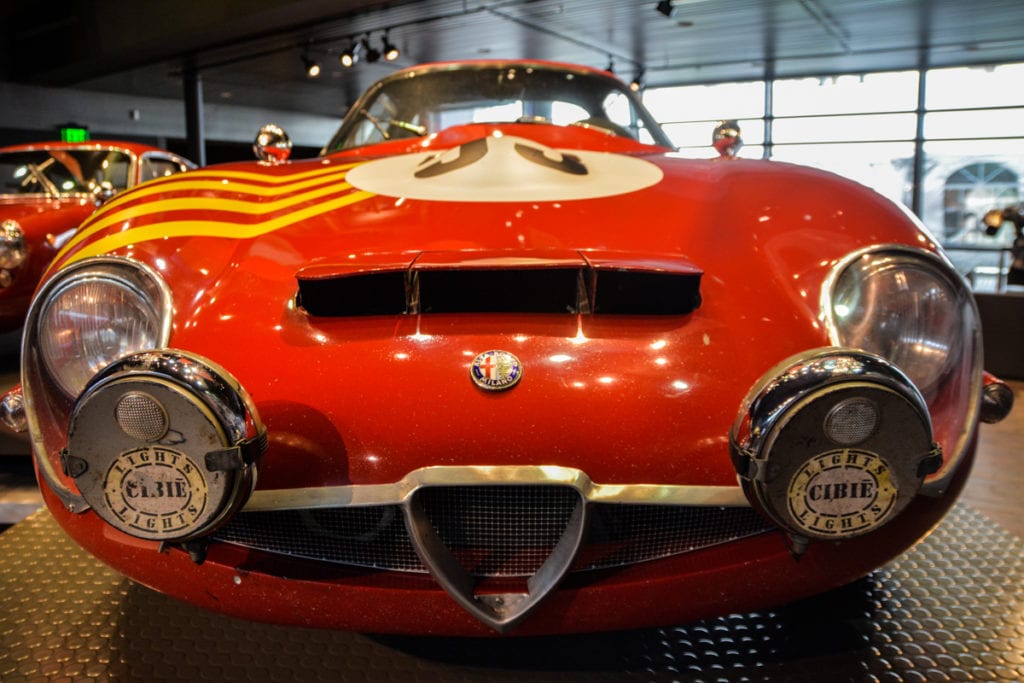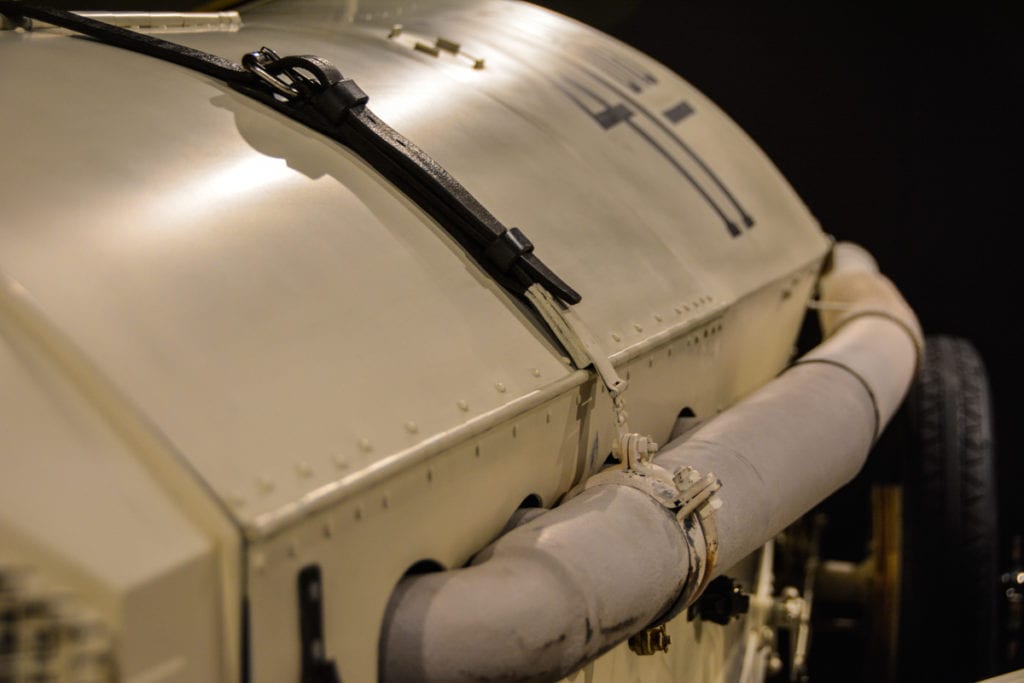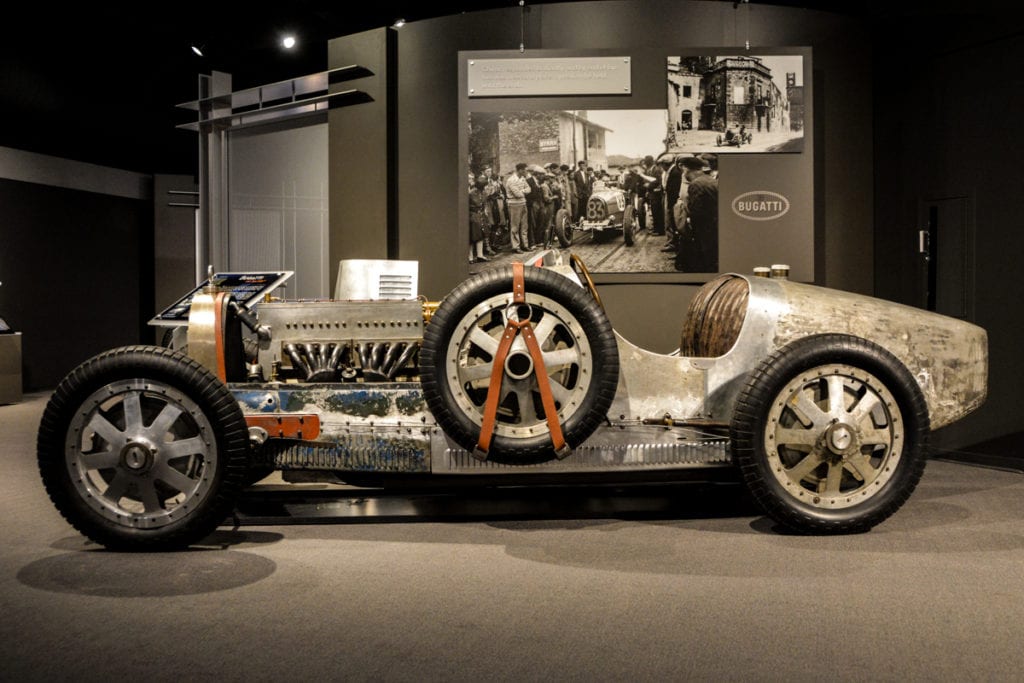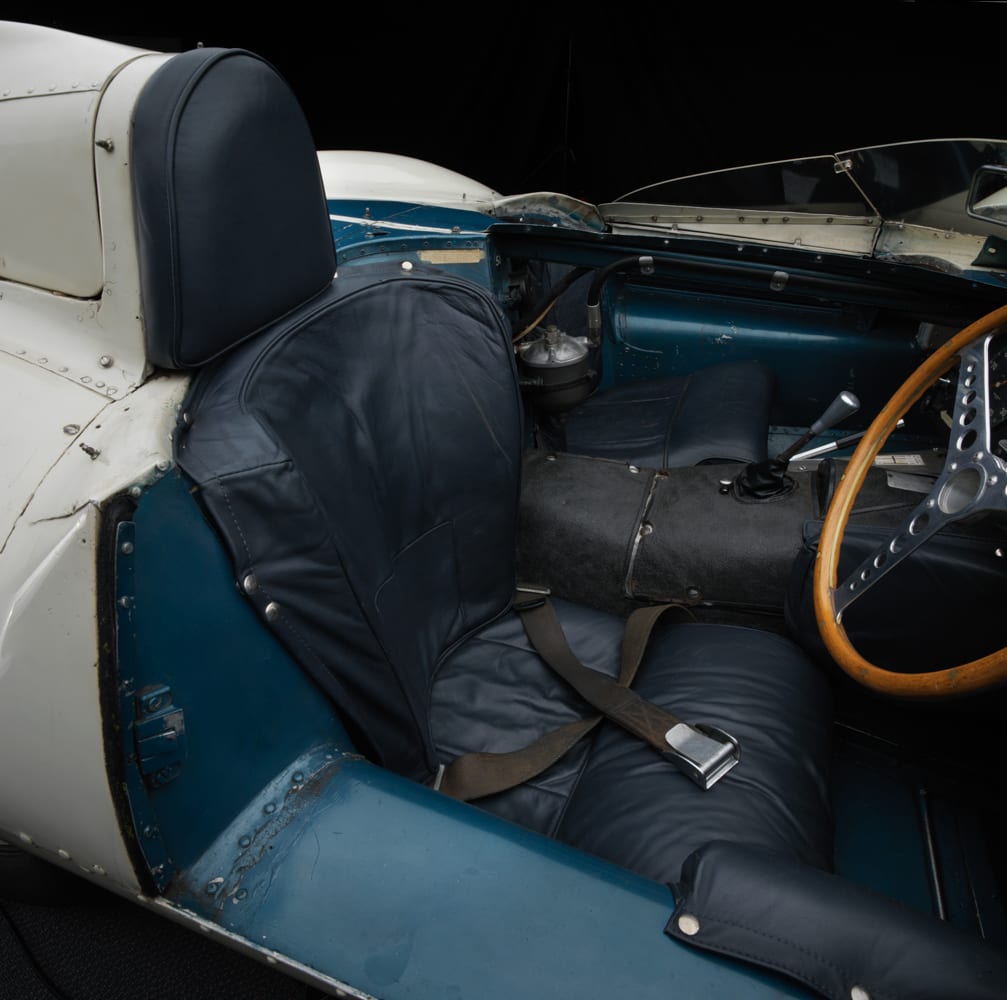The Wear and Tear of Time
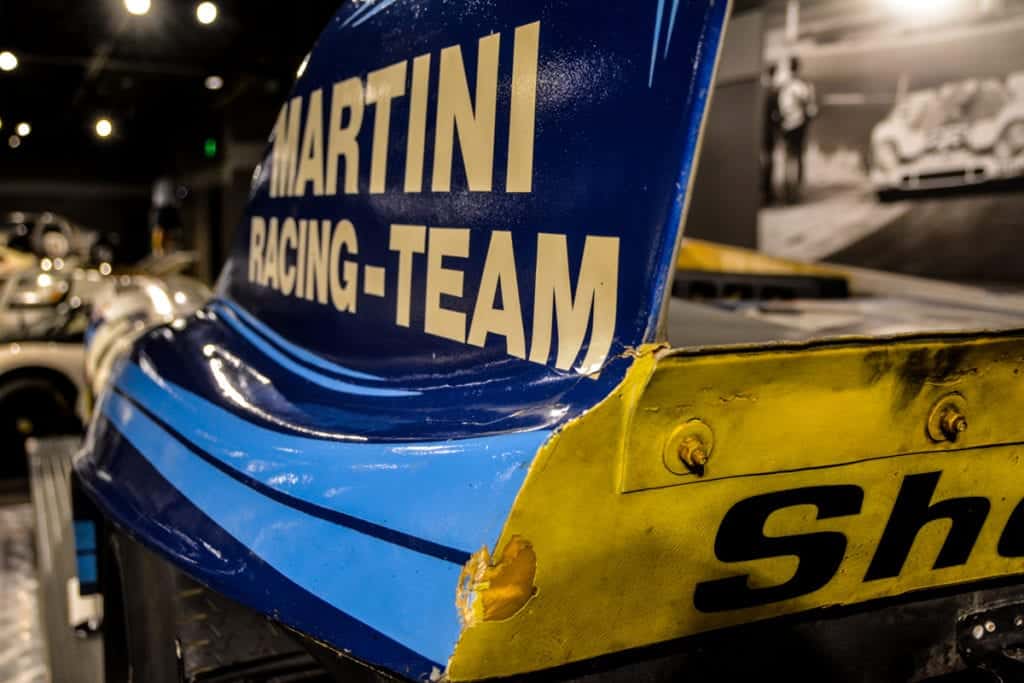
When is imperfection beauty?
A stroll through the Collier Collection at Revs could be confusing. You’d see automobiles so perfect they’d be in line for Best of Show in major concours. Others not so flawless. A chip in a windshield. What looks to be scruffy paint. A misaligned body panel. Stone chips.
Some of these are battle scars. Others wear and tear. Could be a result of bad luck or hurried race prep or a mistake when the car was made.
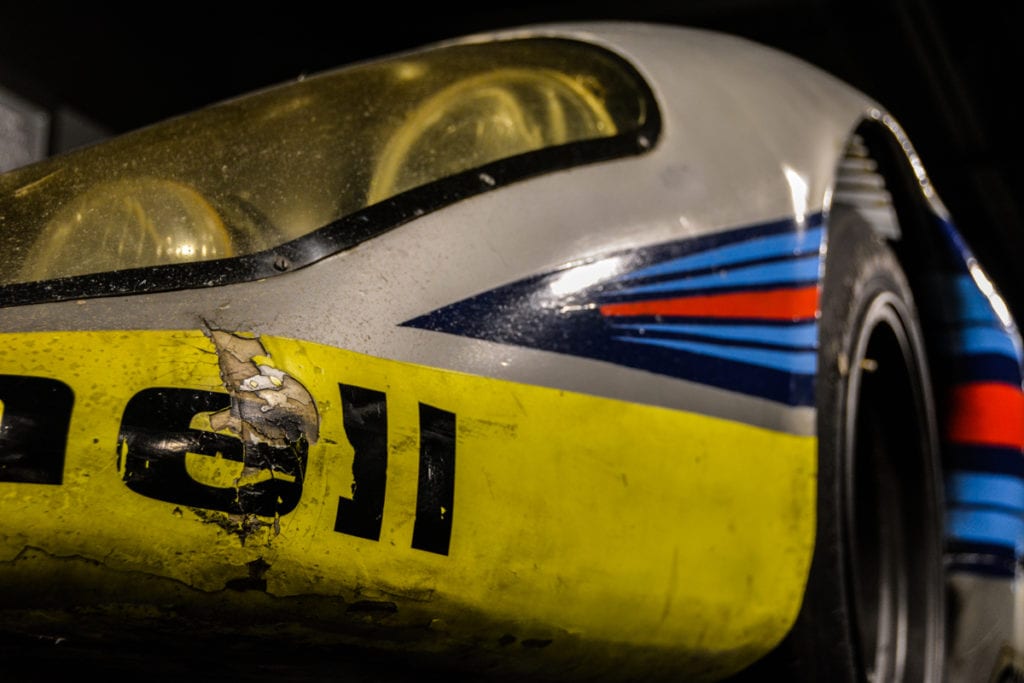
There are those who would want all the foibles fixed. Not at Revs. The feeling is that a crack in the bodywork of the 1971 Porsche 917K is as much a thing of beauty as the curve of the chrome accents on the 1937 Delahaye 135 Competition Special Roadster. Well, maybe not beauty, but no less important.
“Many of these battle scars, imperfections and the wear and tear represent real history.” Says Miles Collier. “Each tells its own story and each separate one car from another. That is why we preserve them.”

Rev’s Collier Collection has several examples of imperfections that will never be “fixed.” The 1967 Porsche 911R has it faults. You can see waviness in the right rear fender compared to the left. Miles Collier points out, “We have plenty of period pictures that clearly show that. I don’t think it was accident damage, it just came out of the mold wrong.
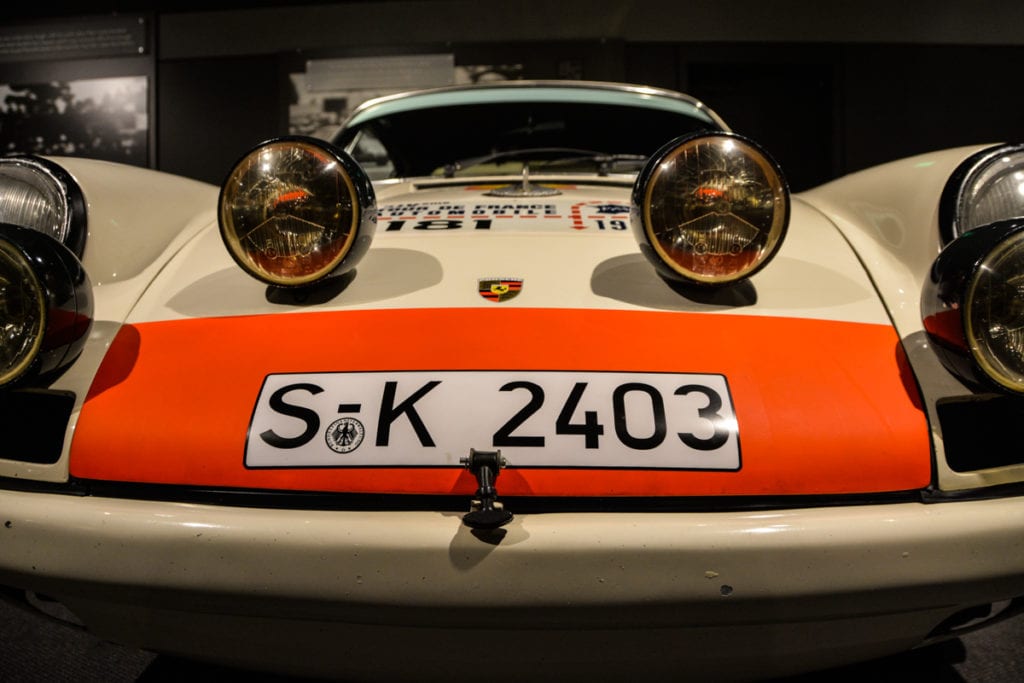
“The car has other idiosyncratic things, such as misalignment in a front latch and the hood off center, that also show up in period photos.”
They are all part of the original character of the car and not to be “fixed.”
Perhaps the most magnificent example of battle scars in the collection is the ex-Martini Racing 1971 Porsche 917K. It has numerous build and battle blemishes, all authentic, a gritty look at the car as it came off the track for the last time at Belgium’s Spa Francorchamps circuit 46 years ago.
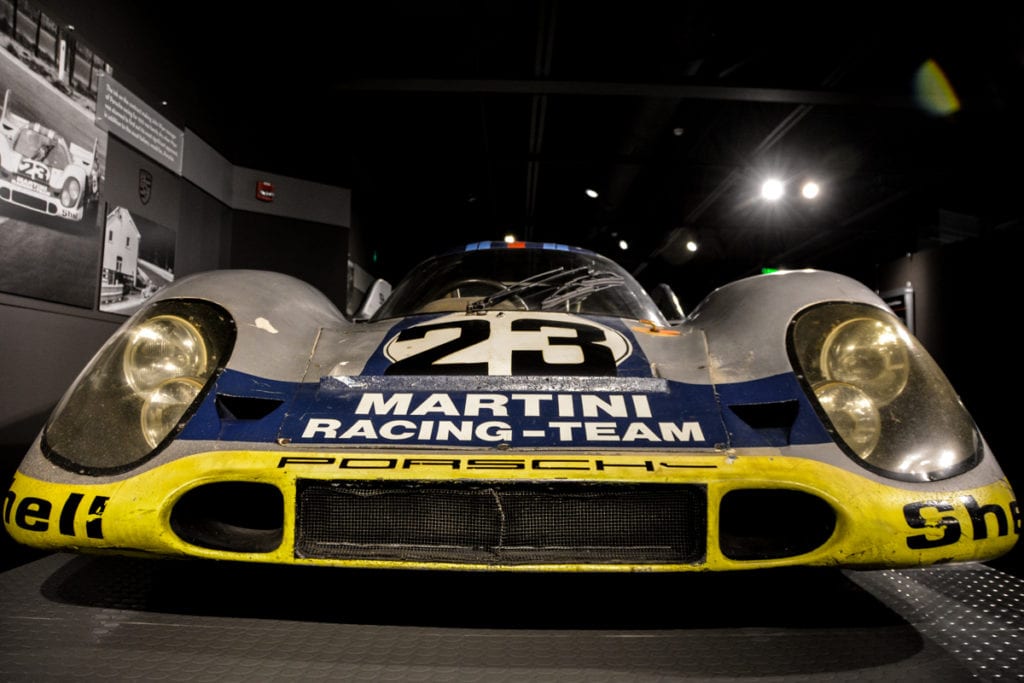


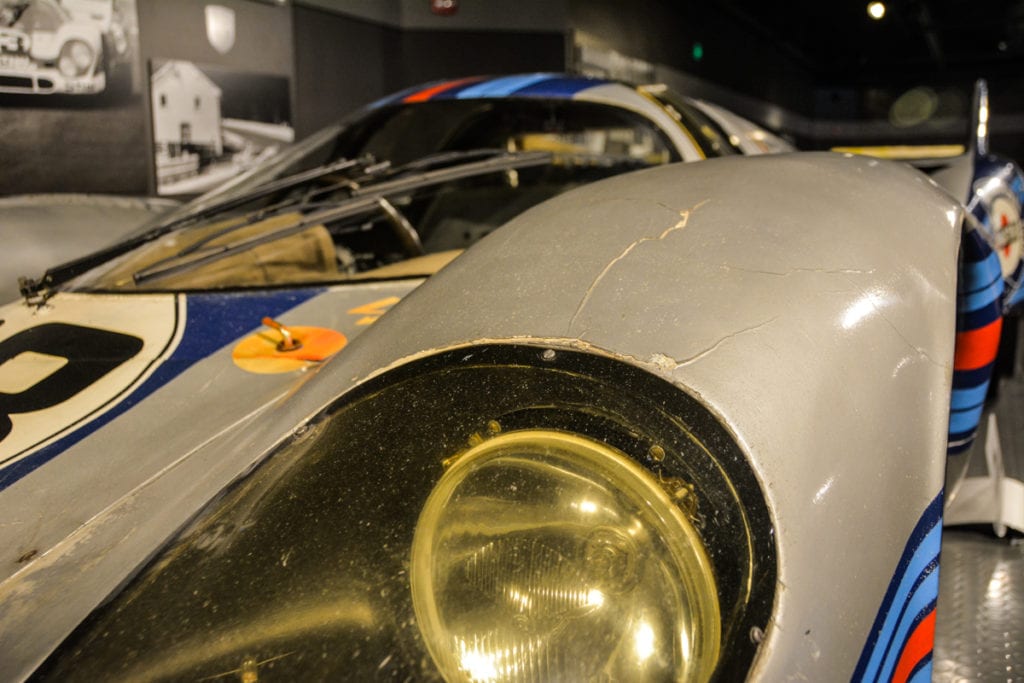
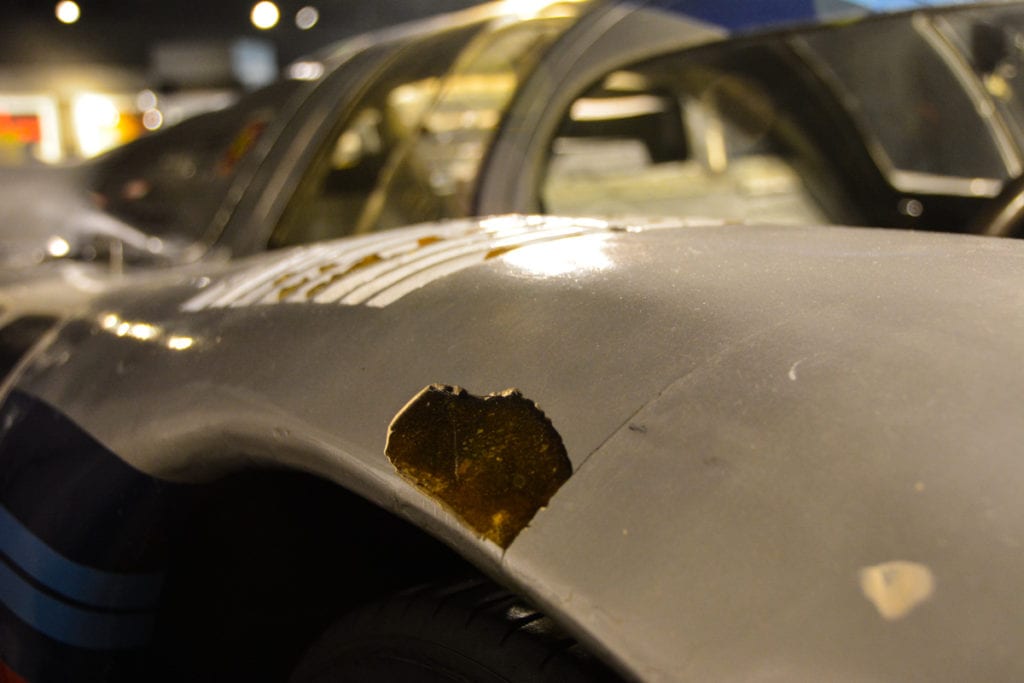
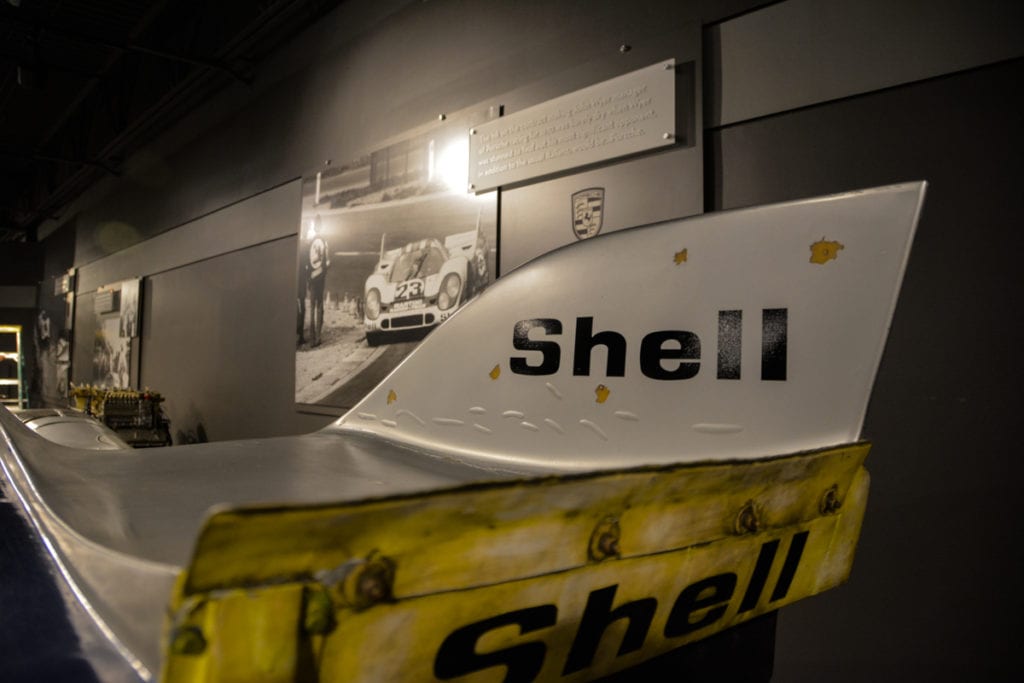
Collier points out, “There was clearly a structural problem with the fins because they are cracked at their base. There’s battle damage up top from taking duct tape on and off between the deck lid and the cabin. Do it often enough and it lifts the paint off. It’s in photos of the era.
“There’s a hole in the front over the T in Martini that seems to have no purpose. Something was to go there to do something, but we no idea.” And it stays.
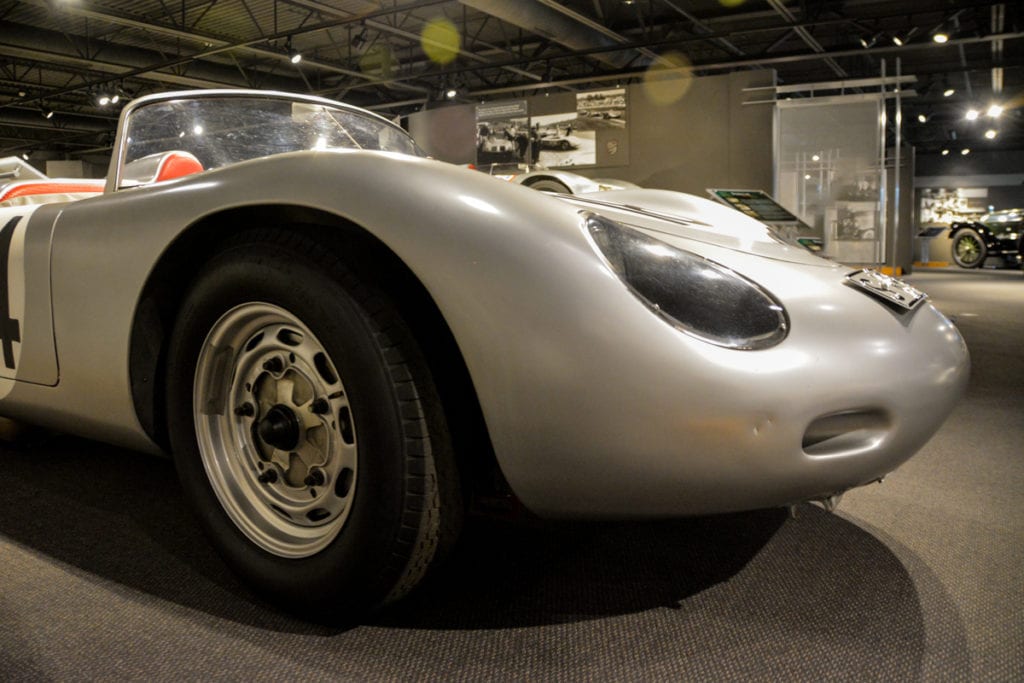
It isn’t all vintage damage. The 1960 Porsche RS-60 Spyder has a big dent on the passenger’s side under the headlight. Collier points out, “Apparently a rock was picked up and slammed into the car, which happens all the time. It’s an honestly earned battle scar from a recent event. I like it, think it’s cool and not taking it off.”
Not all the scars are from battle. Some came during the prewar. The ex-Briggs Cunningham 1955 Jaguar D-Type’s interior looks a bit cobbled up. “The metal was banged around to accommodate driver Sherwood Johnston,” Collier explains. “He was about 6’4” and almost 300 pounds and couldn’t get in the car easily.
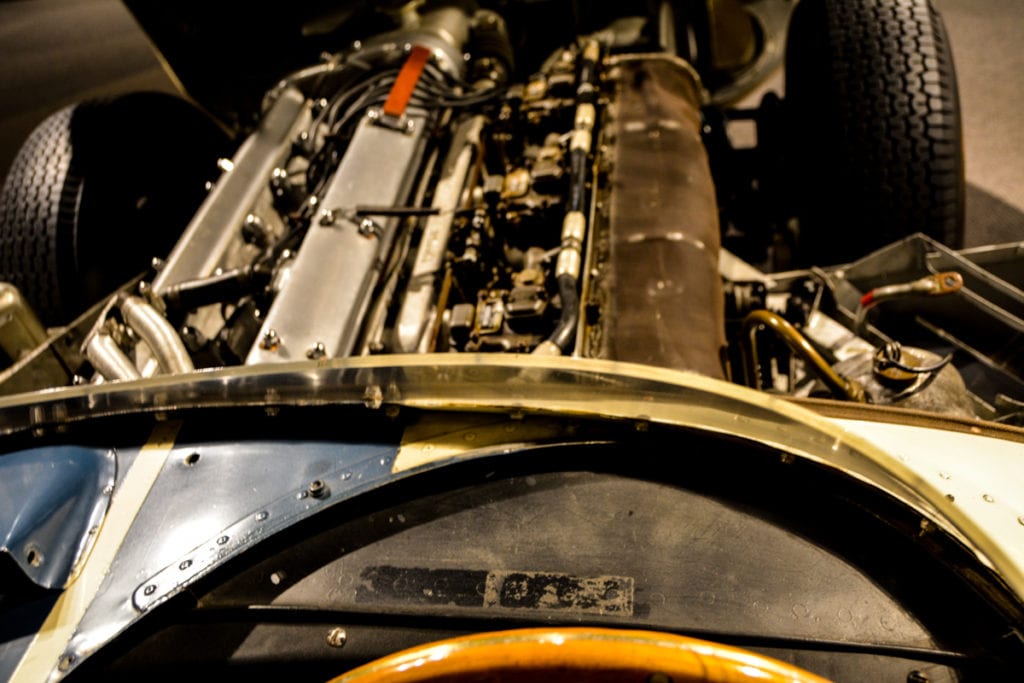
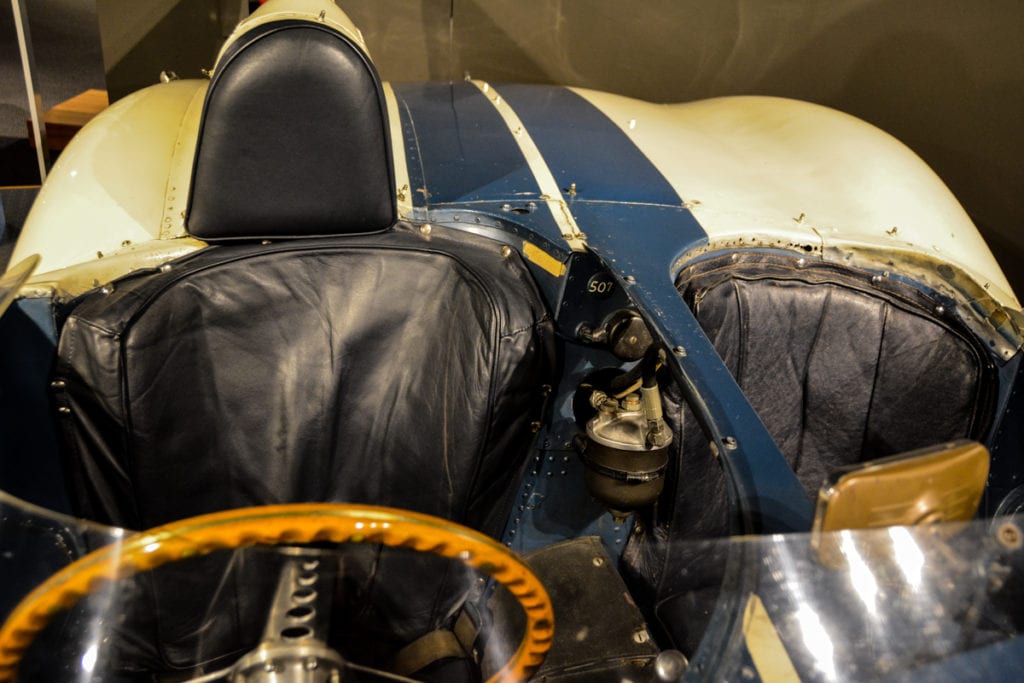
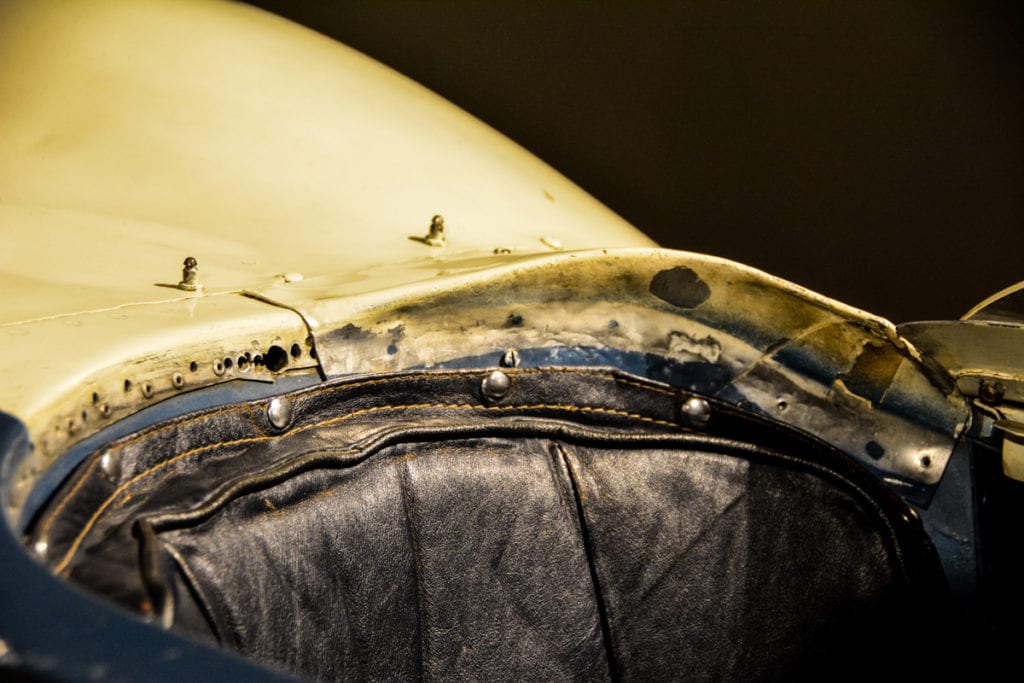
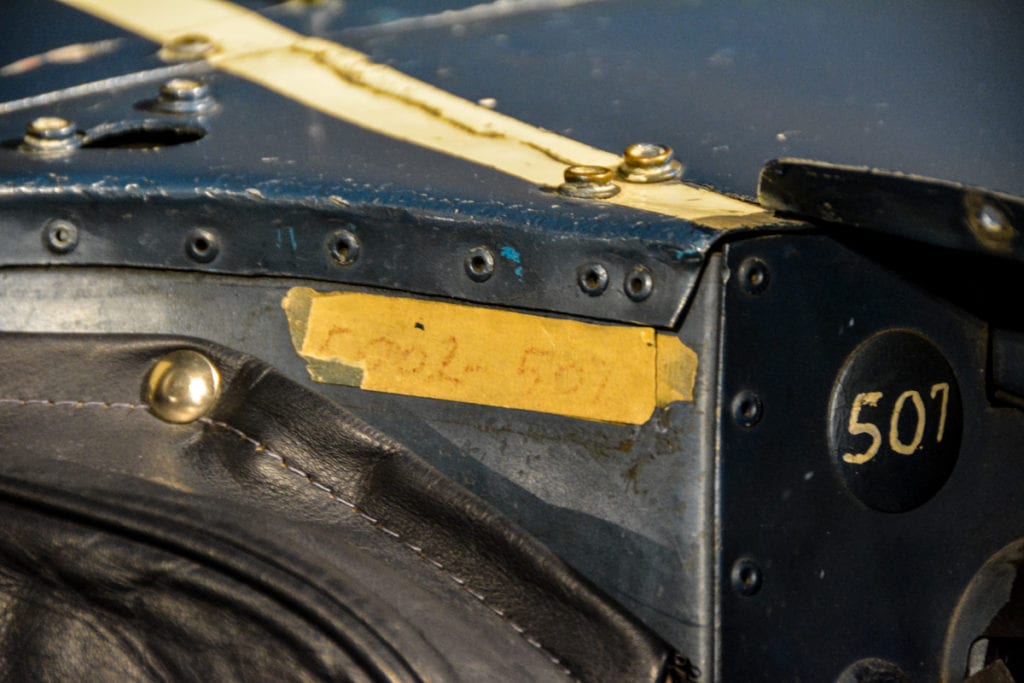
“You can also see where tech inspection stickers had been put on but then came off. It’s the sort of thing that gets done to cars in the heat of battle to make them ready. The attitude was, we don’t care what it looks like, we just need to go.”
Then there can be just the ravages of time. The famed
1933 Eddie Hall 4 1/4-liter Bentley looks as solid as the day it was built, but the seats seem ready to self destruct.
The paint on the 1952 Cunningham C-4RK, Collier adds, “…is giving up because of age and we need to conserve that.”
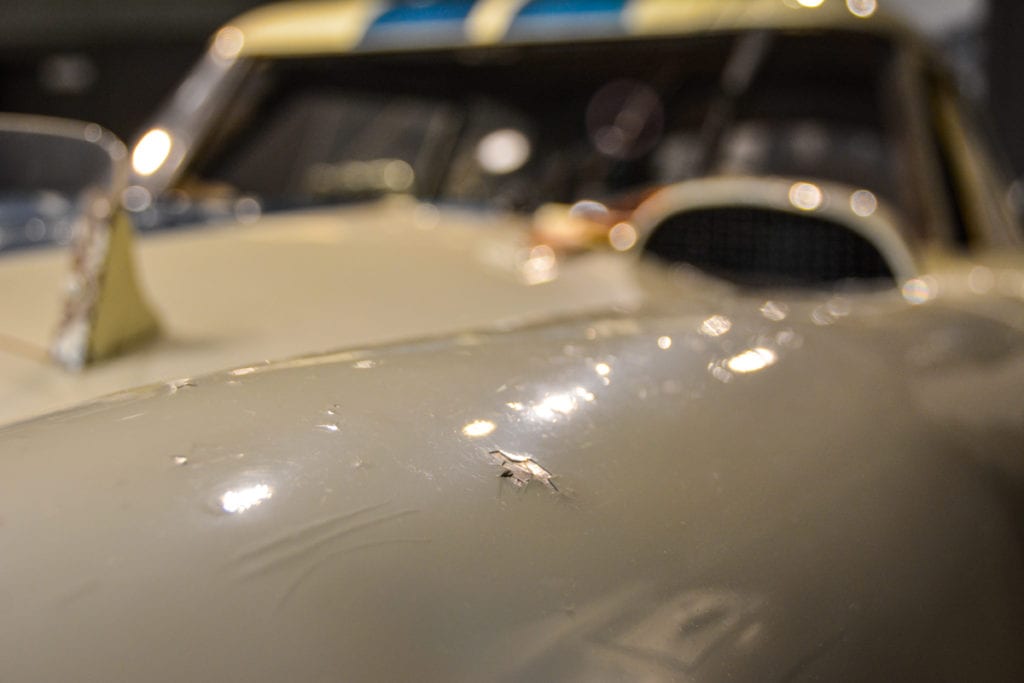
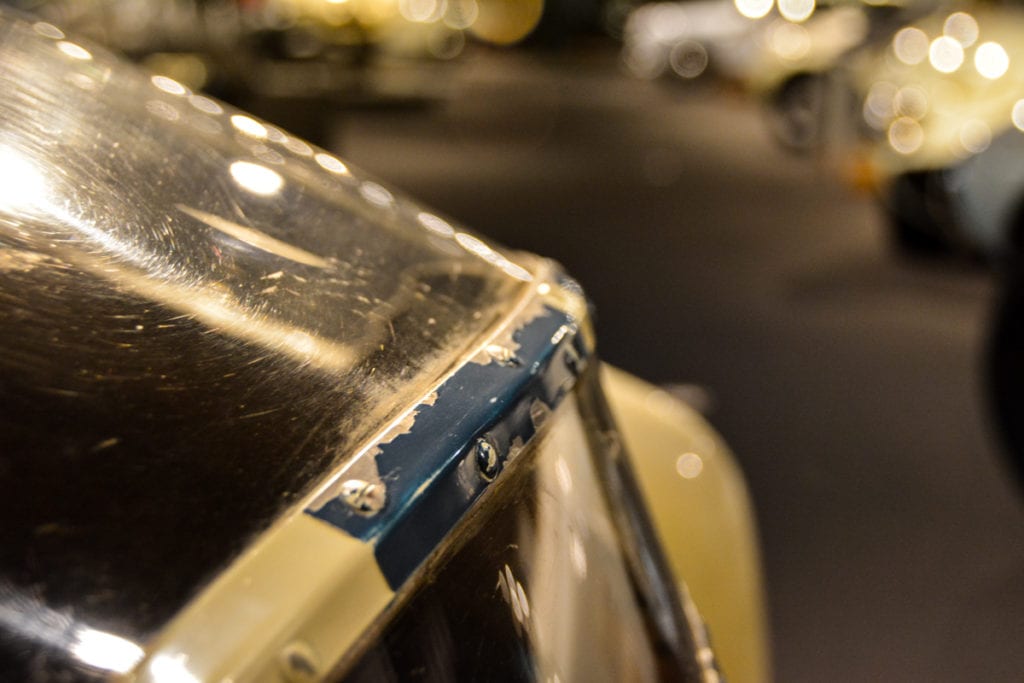
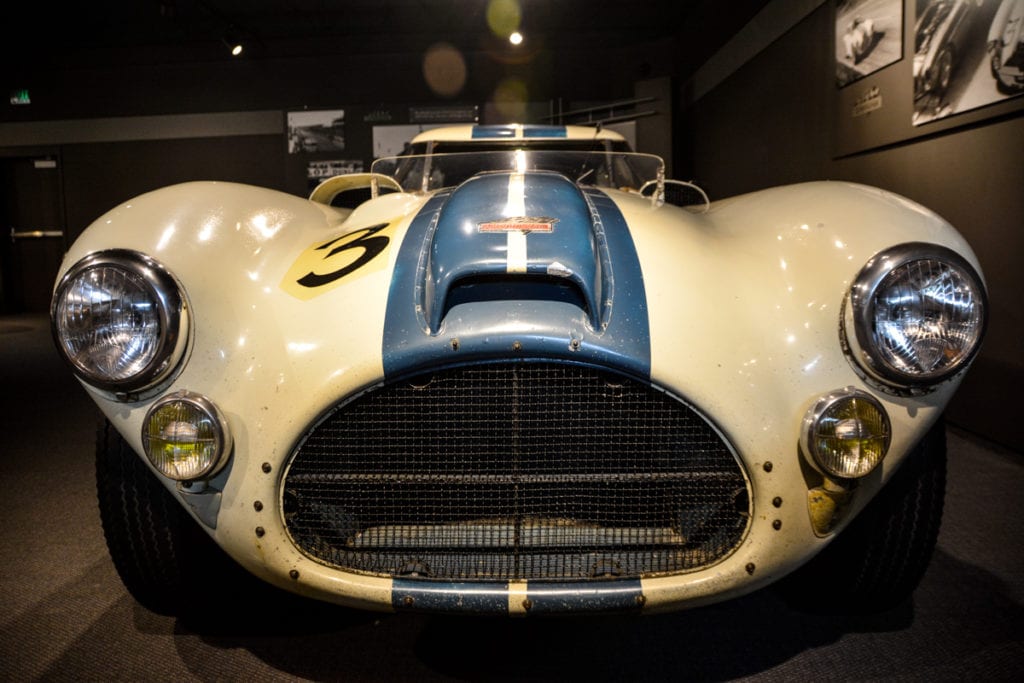
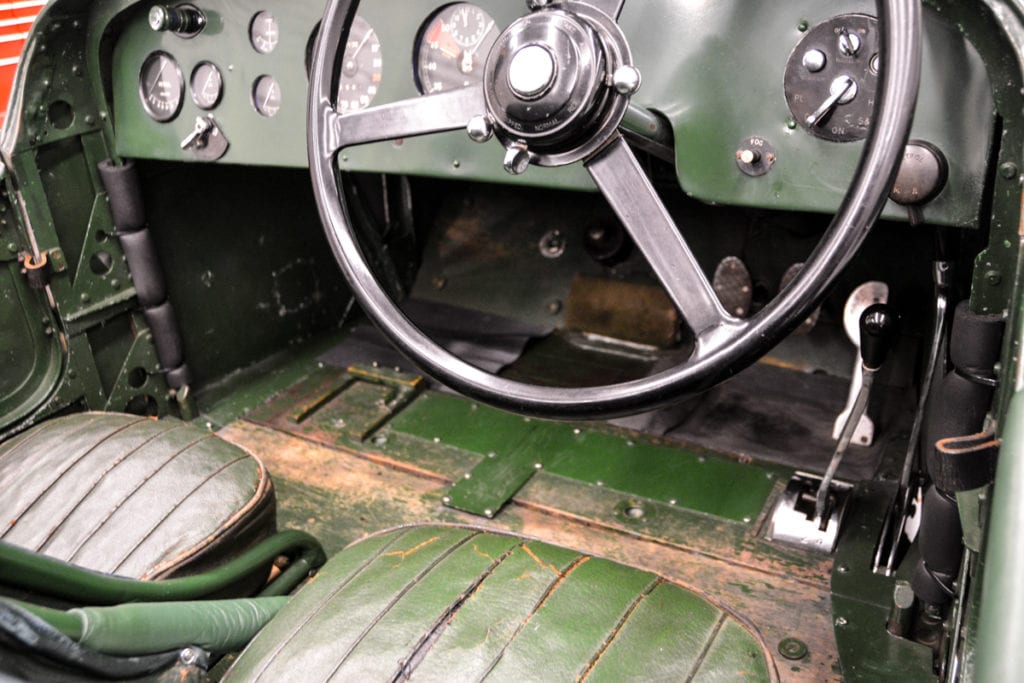
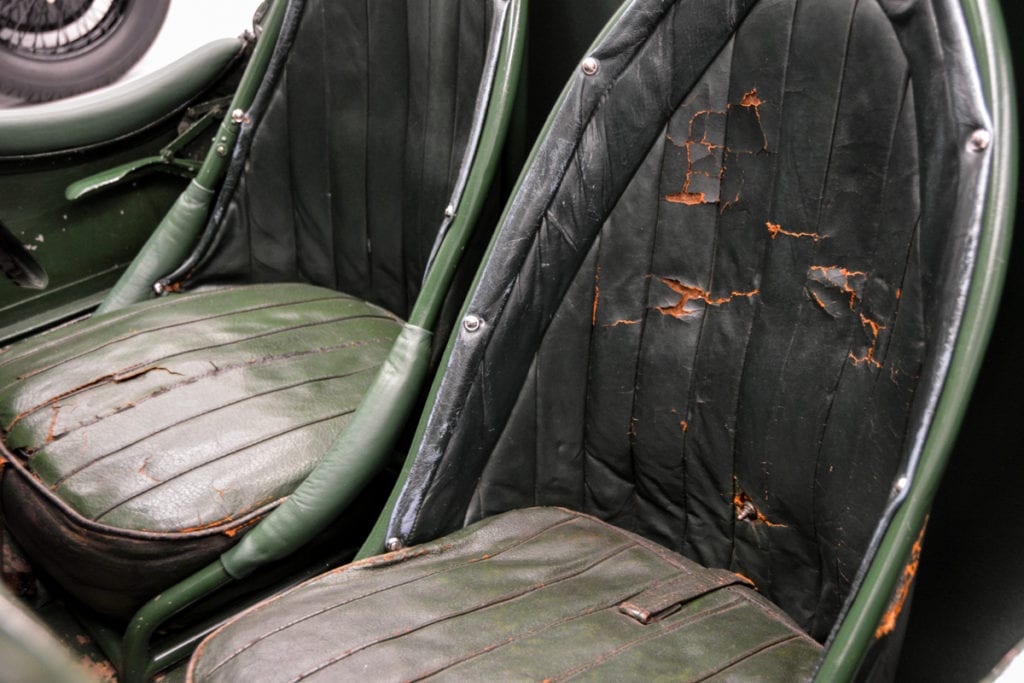
So there’s honoring the imperfections, conservation when needed and, at times, restoration.
As with the 1958 Scarab. Several years ago it suffered a bad accident in a vintage car race. Rebuild it? Of course. Battle scars are one thing but a rolled race car is another. Yet it was more than a restoration.
It had already been decided the Scarab would not be raced again, and now all the original parts that had been stored during the car’s racing years were put back on the car. For competition, the car had several modifications, like a new engine and transmission, all the better to preserve the originals. Now they were returned to the Scarab.
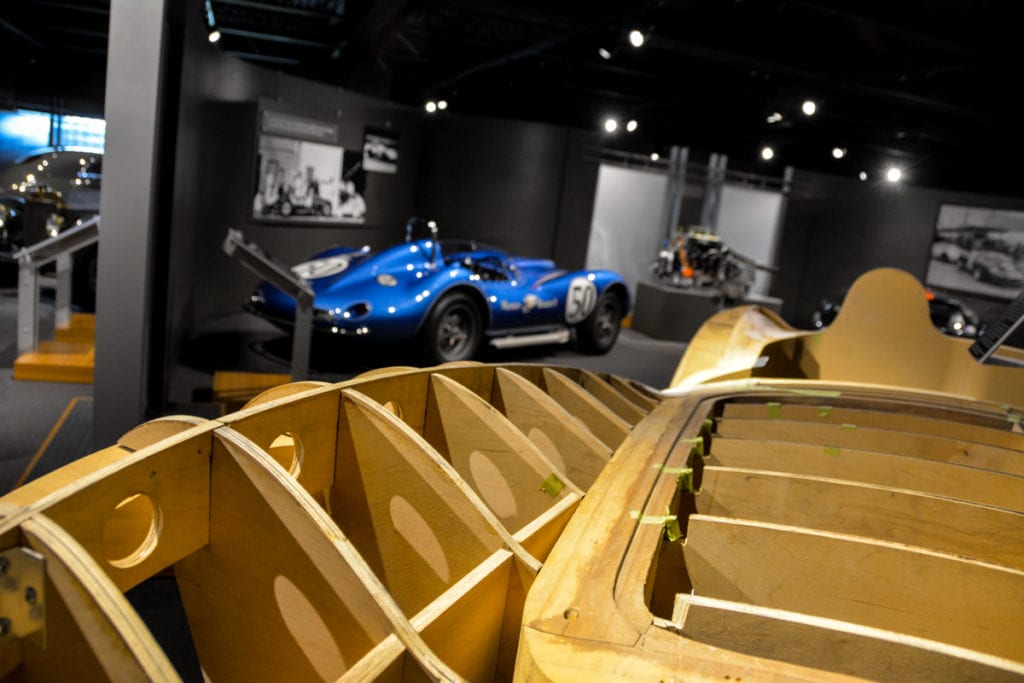

A partial new body was created yet finished off with all the minute variations that separate it from the other two Scarabs. A perfect depiction.
The Scarab on display at Revs has more of its original DNA than when it raced.
When you stroll through Revs, note not just the perfect lines of the Delahaye but also the imperfections of the 917K. And remember that every scratch, crack and little dent tells a story.
The case for preserving old cars with the nicks, dings and faults that tell their history, as opposed to restoring all collectible cars to pristine condition, will be a major theme at Revs Institute’s biennial Symposium in Naples, FL for serious car collectors, which runs March 5-8.
